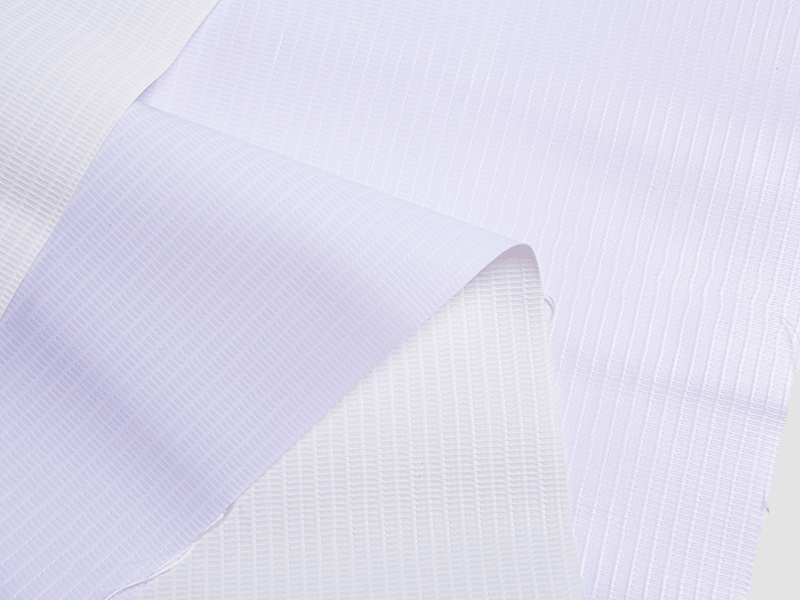Balancing tear resistance and flexibility in a PVC Frontlit Flex Banner is essential to ensure it performs well in various environments while being easy to handle. Achieving this balance requires a combination of material design, reinforcement techniques, and production methods that optimize both properties without compromising one for the other. Here are key ways to strike that balance:
A common approach to balancing tear resistance and flexibility is by incorporating a polyester scrim or mesh within the PVC layers. The scrim acts as the structural backbone that:
Improves tear resistance by distributing the stress across the fibers when force is applied.Maintains flexibility because the scrim is relatively lightweight and woven, allowing the banner to bend and fold without cracking.The density and weight of the scrim influence both properties:
Lighter scrim results in more flexibility but lower tear resistance.Heavier scrim enhances tear strength but can reduce flexibility.A medium-density scrim can provide an optimal balance for banners intended for both indoor and outdoor use.
The thickness of the PVC coating affects both flexibility and tear resistance. A thicker PVC coating increases the material's strength and ability to resist tears, especially in harsh environments. However, excessive thickness can reduce flexibility.
Use a medium-thickness PVC layer that provides adequate tear resistance while retaining enough flexibility for easy installation and handling.Co-extrusion techniques can be employed to create multi-layer structures with different material properties, allowing the outer layers to prioritize flexibility and the core layers to enhance tear resistance.
Plasticizers are added to PVC to increase its flexibility by making the polymer chains more pliable. However, overuse of plasticizers can reduce tear resistance as the material becomes too soft.

Use balanced plasticizer formulations that increase flexibility without making the material too soft or prone to tearing. The right ratio of plasticizer maintains the elasticity needed for handling and installation while preserving the banner’s durability.
The quality and composition of the PVC used can impact both tear resistance and flexibility. High-quality PVC formulations that include enhanced stabilizers and UV inhibitors can improve:
Durability and tear resistance by preventing the material from becoming brittle over time.Flexibility, especially in outdoor environments where temperature fluctuations can affect material performance.Using premium-grade PVC blends ensures that the material remains flexible even after exposure to environmental stresses while maintaining strong tear resistance.
The weave pattern of the polyester scrim can be adjusted to balance flexibility and tear strength. Different weave densities offer various properties:
Open weave structures provide more flexibility because they allow the PVC layers to move freely. However, they may reduce tear resistance.
Tighter weaves enhance tear resistance by distributing stress across more fibers, but they reduce the banner’s flexibility.A balanced weave structure (e.g., semi-open weave) offers moderate flexibility while still providing good tear resistance for banners in most applications.
Tear resistance is often compromised at the edges and points of tension, such as grommet holes or areas where the banner is fastened. These areas can be reinforced without affecting the flexibility of the main banner body by:
Using welded hems to strengthen the border, preventing tears from propagating inward.Adding corner patches to areas that experience the most strain during installation.These reinforcements ensure that the banner remains flexible for installation while improving durability at critical points.
Outdoor exposure can cause PVC banners to become brittle, reducing both tear resistance and flexibility. Applying UV-resistant coatings and weatherproof treatments can preserve the material’s integrity over time:
UV stabilizers prevent degradation from prolonged sun exposure, ensuring that the banner does not lose flexibility or become more prone to tearing.Anti-fungal and anti-mildew treatments help maintain material performance in high-humidity areas.These treatments enhance the lifespan of the banner, maintaining its flexibility and tear resistance even in challenging environments.
The overall weight of the banner influences both tear resistance and flexibility. Heavier banners generally have higher tear strength but reduced flexibility.
Balancing tear resistance and flexibility in PVC frontlit flex banners requires careful consideration of material composition, scrim reinforcement, coating thickness, and finishing techniques. By using high-quality PVC blends, adjusting the scrim density and weave, and applying plasticizers and UV stabilizers, manufacturers can create banners that perform well in both durability and ease of use, making them suitable for a wide range of applications, from outdoor advertising to indoor displays.


 English
English русский
русский Français
Français Español
Español




















